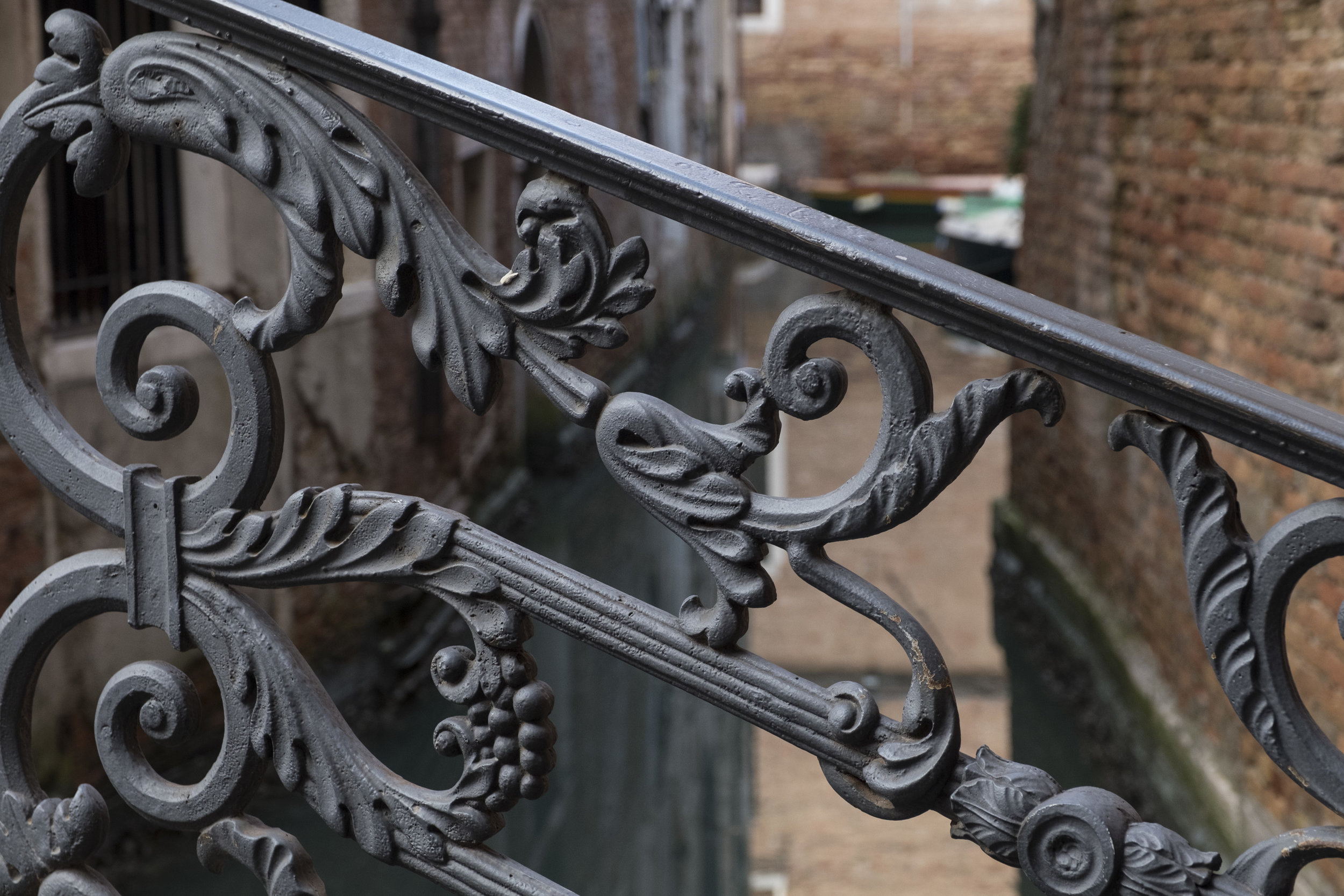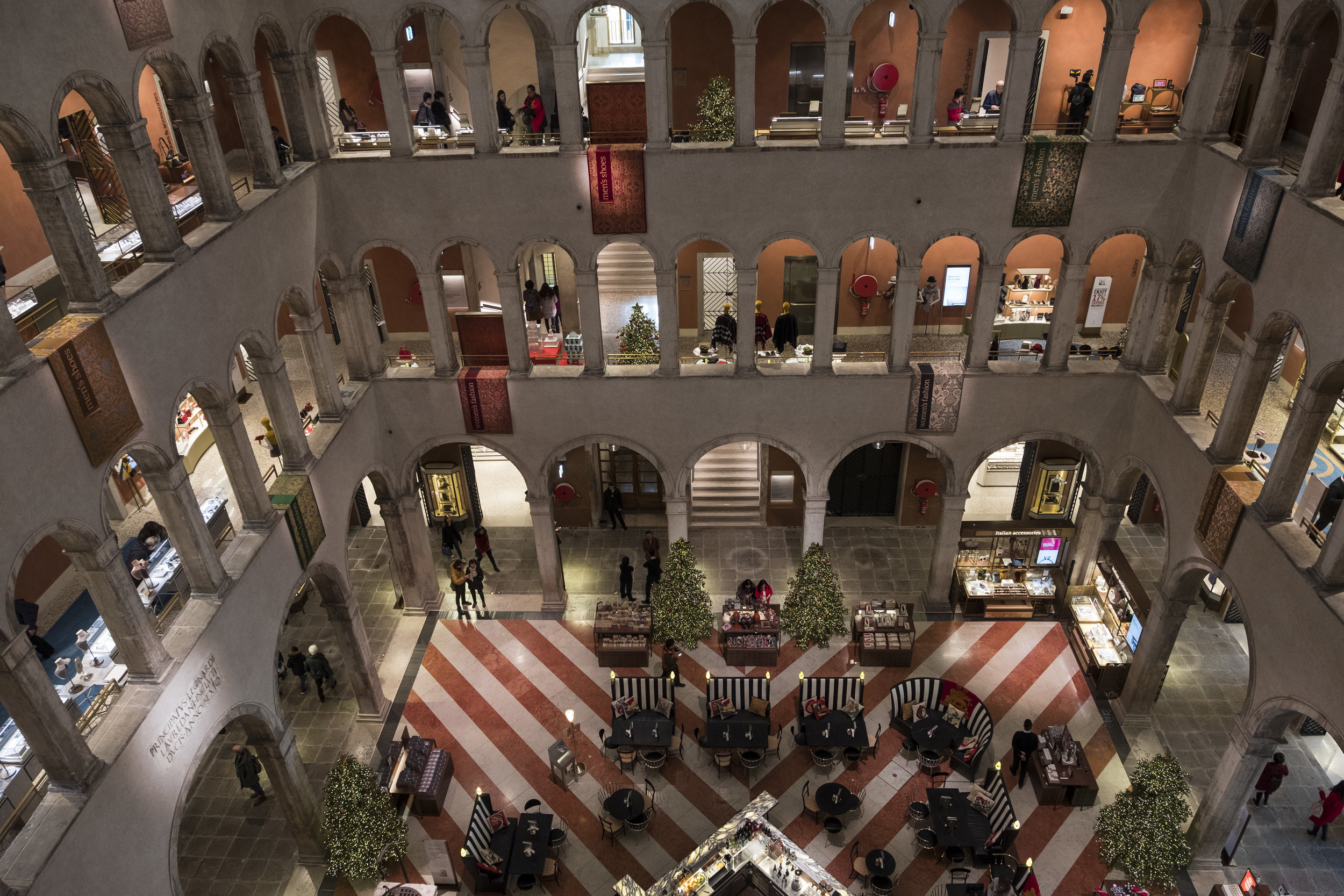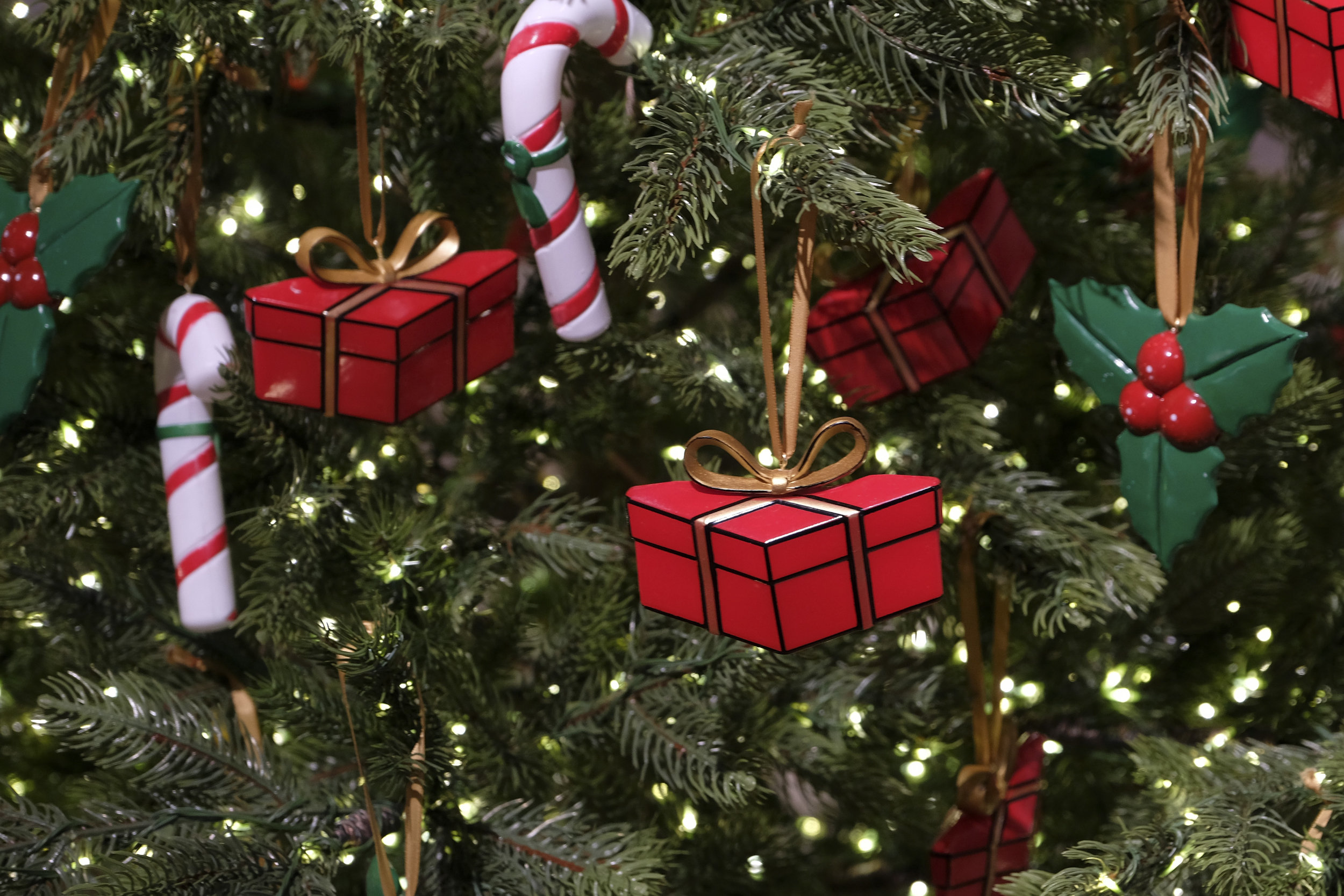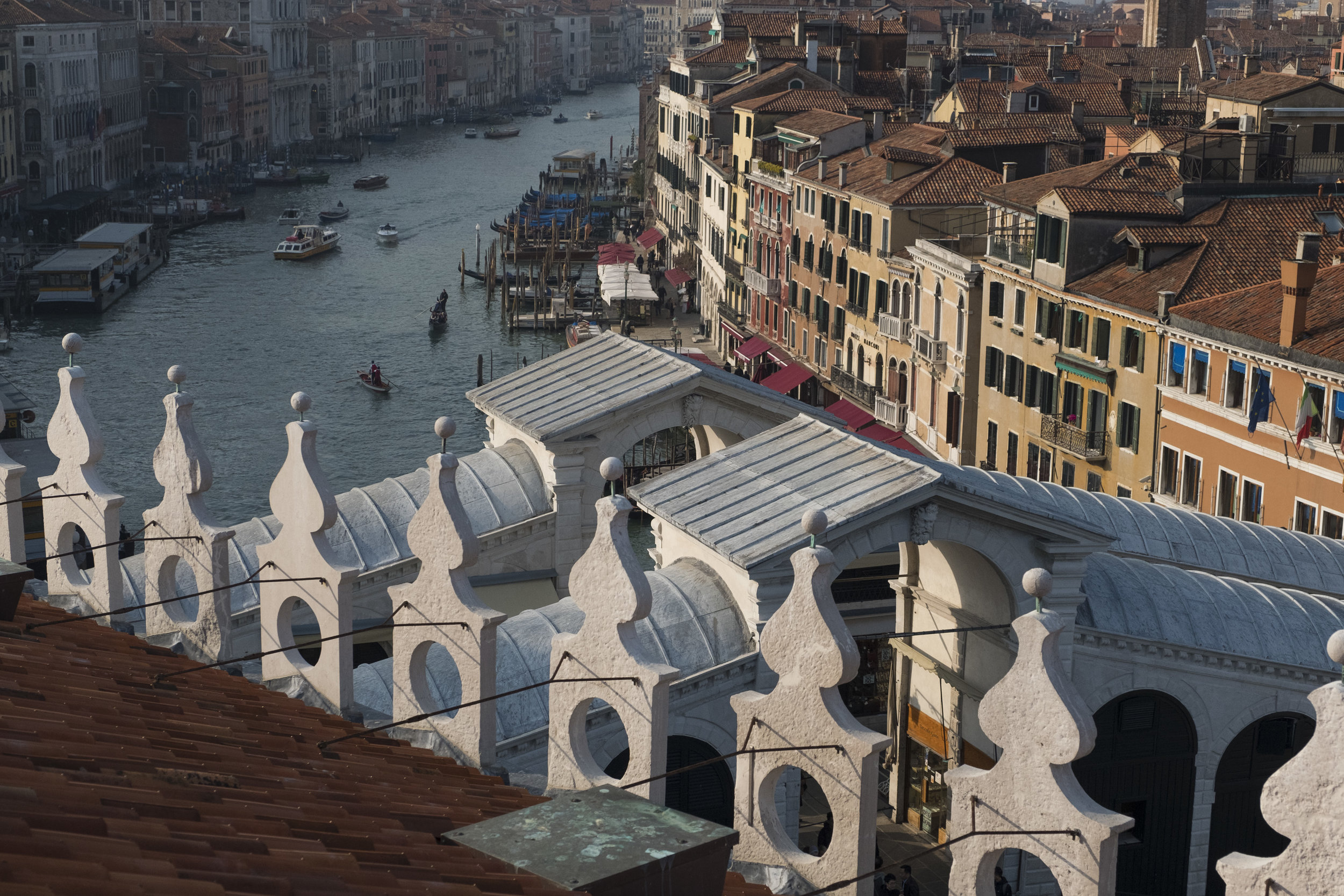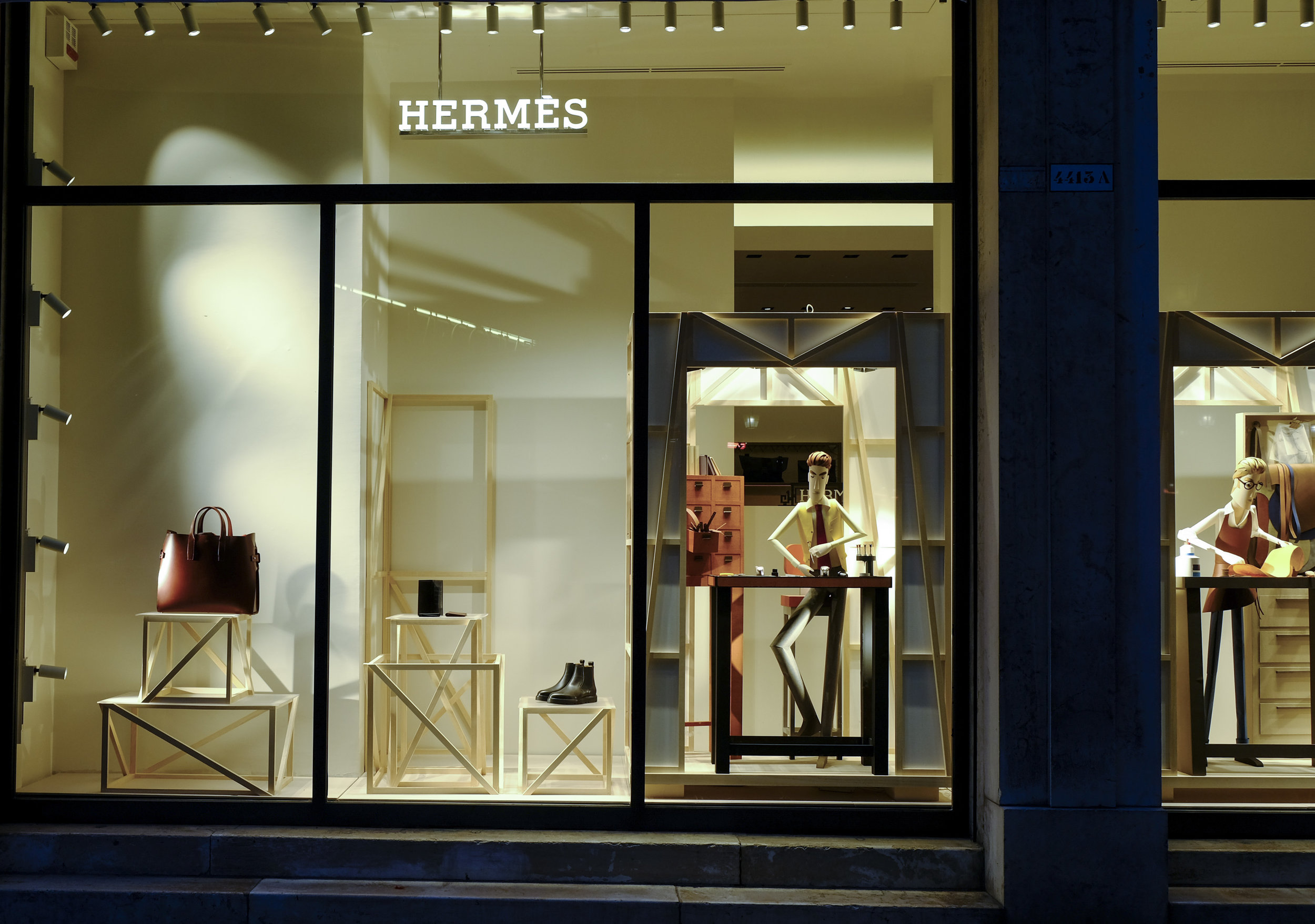Embracing Skill and Vision Over Gear in Photography
/The True Essence of Photography: Skill and Vision
In the pursuit of photographic excellence, a prevalent misconception exists the belief that the latest and most expensive gear is synonymous with capturing superior pictures. However, this materialistic approach is far from the truth. The heart of photography beats not through the camera's lens but within the photographer's skill, vision, and creativity. These are the elements that transform a simple picture into a memorable image.
Icons of Photography: Mastery Over Machinery
History's iconic photographers – Henri Cartier-Bresson, Ansel Adams, Dorothea Lange – have consistently demonstrated that extraordinary photography is less about advanced equipment and more about an unparalleled understanding of the craft. Consider Cartier-Bresson's "Decisive Moment," captured with a basic Leica; it wasn't the camera's sophistication but his ability to foresee and frame the moment that made it iconic.
Understanding the Basics: The Core of Great Photography
At its core, photography is an art form rooted in the fundamentals – composition, lighting, subject matter, and the photographer's unique perspective. These are the true building blocks of remarkable photography. A simple exercise for any photographer is to focus on one basic element, like lighting, and experiment with it in various settings to deepen their understanding and creativity.
Debunking "The Best Camera" Myth
The 'best camera' is a subjective concept that varies with the photographer's style, subject matter, and project needs. For example, a camera perfect for landscape photography may not be ideal for capturing the nuances of street life. Remembering that the camera is a tool; the real magic happens in the artist's vision.
Creativity Flourishes Within Constraints
Limitations often act as a catalyst for creativity. Restricted by their equipment, photographers are compelled to think innovatively, finding new ways to convey their vision. This creative challenge can lead to a more profound understanding of the art and significant development of one’s style.
Technological Advances in Entry-Level Cameras
Today's entry-level cameras boast features that were once exclusive to high-end models. Image stabilization and improved low-light performance are now common, making quality photography more accessible and emphasizing that skill and creativity are paramount.
Personal Stories of Skill Triumphing Over Gear: "The Sunset Shot"
A photography challenge: capture the best sunset photo. Among the participants were Sarah, armed with the latest camera, and Alex, with his trusted old DSLR. Sarah focused on optimizing her camera's features, while Alex scouted for the perfect location by a lake.
Sarah's photo, though technically flawless, lacked originality. Alex's photo, with its natural mirror effect in the lake and silhouettes of trees, told a captivating story despite its technical limitations. His understanding of light, composition, and timing showcased depth and emotion that transcended the capabilities of his camera.
Wisdom from the Masters
Often, well-known photographers have advocated that vision and creativity are more important than having the latest gear. Ansel Adams once said, "The single most important component of a camera is the twelve inches behind it." This encapsulates the essence of photography – it's not about the camera but the vision and skill of the photographer.
Chase Jarvis's quote, "The best camera is the one that's with you," emphasizes the importance of seizing the moment with whatever camera you have.
Edward Steichen's insight, "A portrait is not made in the camera but on either side of it," reminds us that the essence of a great photograph lies in the connection between the subject and the photographer.
Conclusion: The Power of Vision and Creativity
While modern equipment offers certain advantages, it's not the cornerstone of great photography. The essence of capturing compelling images lies in the photographer's ability to uniquely perceive the world and translate that vision through their skills and understanding of the medium.
Remember, the most powerful tool in photography is not the camera but the creativity and vision behind each shot.
















